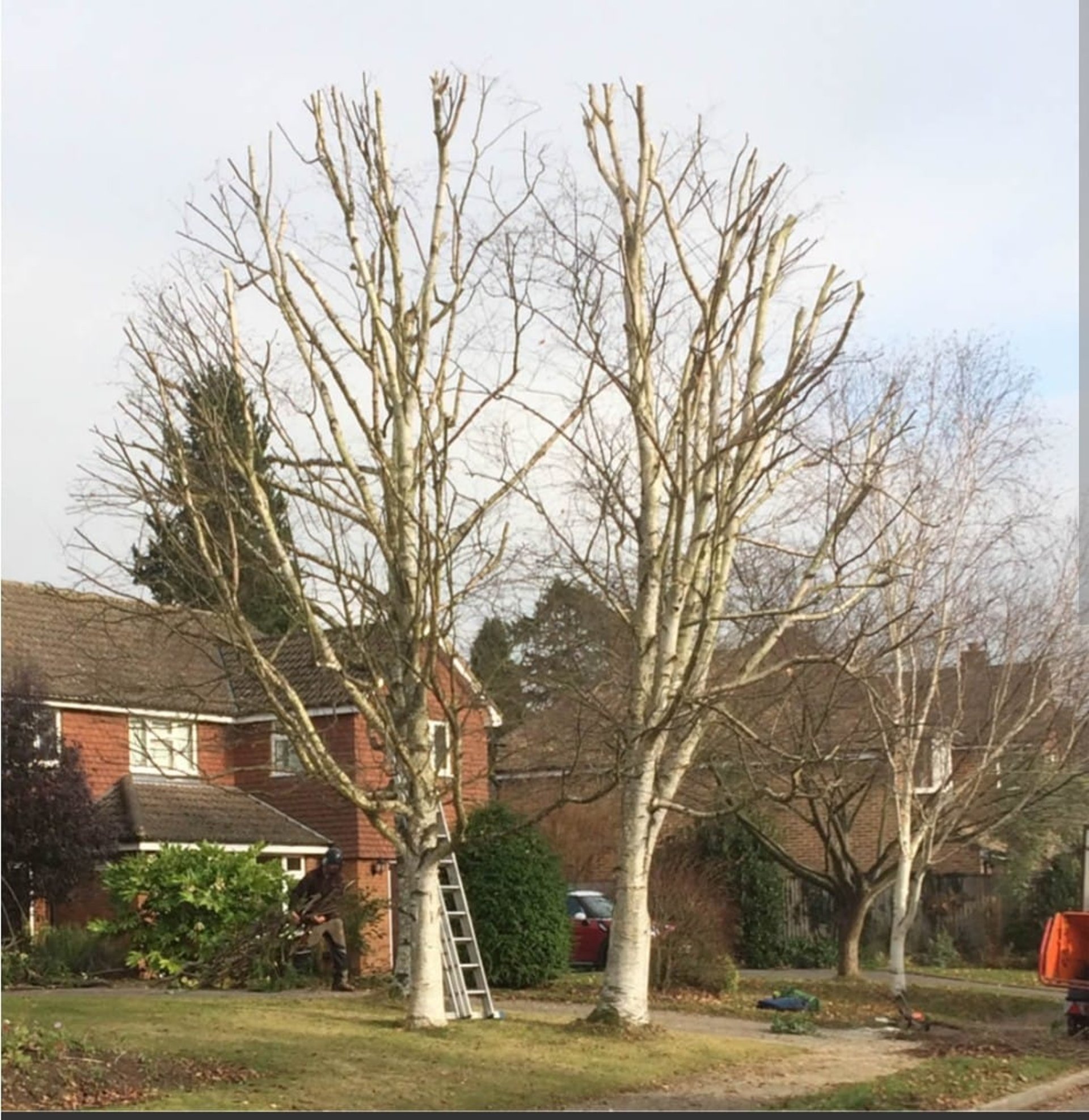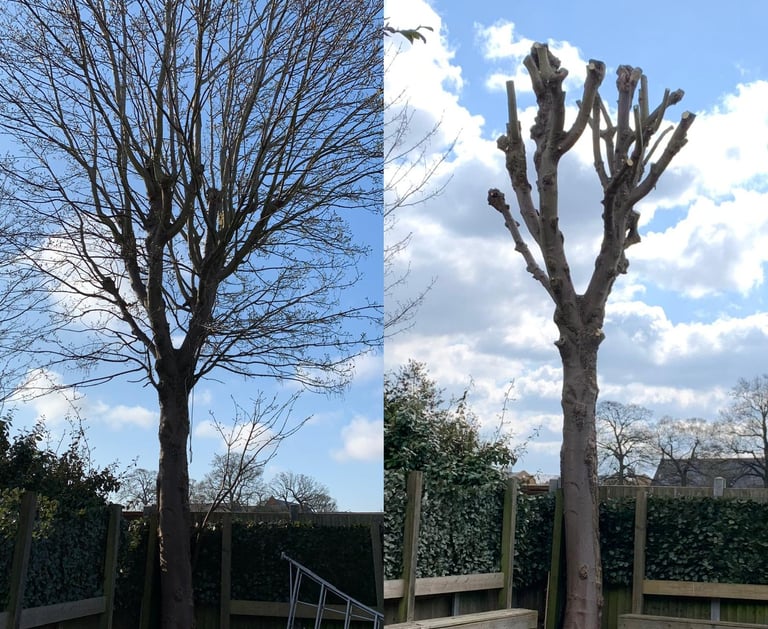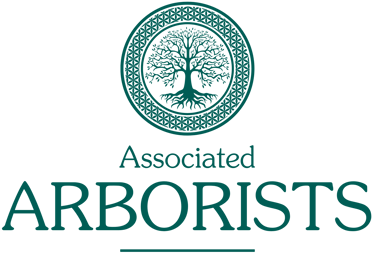
Tree Thinning
Crown thinning is a precise pruning technique that removes select branches to improve a tree’s health
What is Crown Thinning?
Crown thinning is a pruning technique typically applied to trees, where select branches in the crown (the upper part of the tree) are removed to improve overall health and structure. This method helps maintain a tree’s natural form while enhancing airflow, light penetration, and strength.


Benefits of crown thinning
Thinning the crown allows more sunlight to reach the inner branches and the lower parts of the tree.
This promotes healthier growth throughout the tree, especially in the lower canopy. It can also help with the growth of grass, plants, or other foliage beneath the tree.


Improved Light Penetration
Increased Airflow
By removing selected branches, you allow air to circulate more freely through the tree.
This helps reduce the risk of fungal infections and diseases (such as mildew or mold) that thrive in stagnant, humid environments. Airflow is especially important for preventing issues in densely-leaved trees like oaks or maples.
Reduced Wind Resistance
Thinning reduces the overall density of the canopy, making the tree less wind-resistant.
Result: In areas prone to strong winds or storms, crown thinning helps reduce the risk of branches breaking or the tree being uprooted. It allows the wind to pass through the tree more easily, lowering the chance of wind damage.
Better Structural Balance
Crown thinning helps maintain a balanced, well-distributed canopy.
Result: A balanced crown reduces the risk of one side of the tree becoming too heavy, which can lead to leaning or an uneven growth pattern. It also helps maintain a tree’s natural form and symmetry.
Removing dead, diseased, or weak branches as part of thinning helps the tree conserve energy.
Result: The tree can direct its resources toward healthier growth. Crown thinning also allows for better distribution of nutrients and water to the remaining branches.


Enhanced Tree Health
Increased Aesthetic Appeal
Thinning the crown can improve the appearance of a tree.
Result: It can create a more attractive, less cluttered silhouette. Thinning helps to expose the tree’s natural shape, making it visually appealing in both urban and landscape settings.
Promotes Stronger Growth
Crown thinning allows light to reach the inner branches and removes excess growth.
Result: It encourages the growth of stronger, more robust branches and helps the tree focus its energy on producing quality foliage, flowers, or fruit.
Improved Safety
By removing potentially hazardous branches (those that are weak or overhanging), you reduce the risk of falling limbs.
Result: This is particularly important in high-traffic areas or near buildings and power lines. It minimizes the danger of branches breaking off in storms or high winds.
When Should Crown Thinning Be Done?
Timing
It’s best done during the tree’s dormant season (late fall to early spring) to minimise stress on the tree.
Frequency
Crown thinning is usually done every 2–3 years, depending on the tree’s growth rate. Over-thinning or excessive pruning can harm the tree, so it’s important to only remove about 20–30% of the crown in a single session.
Tree Type
Deciduous trees tend to benefit most from thinning, while some coniferous trees may not need this treatment as much.
Caution
While crown thinning offers many benefits, it should be done carefully. If too much is removed, it can lead to tree stress, sunburn on branches, or make the tree more susceptible to pests and diseases. Always avoid excessive thinning, and if you're unsure, it's a good idea to consult an arborist.
Need tree thinning?
Get in touch
Contact us today for a free consultation and no-obligation quote. We look forward to helping you achieve a healthy and beautiful landscape.
Phone
07588754040
Expert tree surgery and maintenance in Berkshire.
Contact
07588754040
© 2025. All rights reserved.




